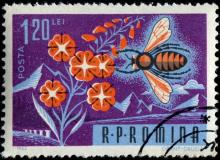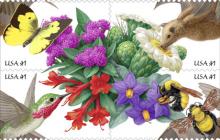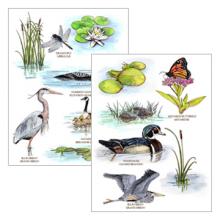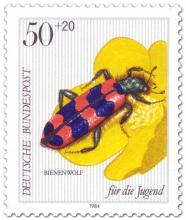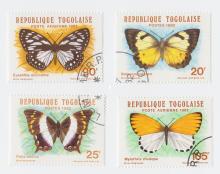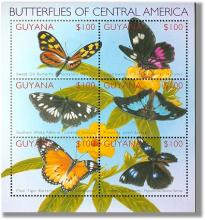Economic valuation of the vulnerability of world agriculture confronted with pollinator decline
There is mounting evidence of pollinator decline all over the world and consequences in many agricultural areas could be significant. We assessed these consequences by measuring 1) the contribution of insect pollination to the world agricultural output economic value, and 2) the vulnerability of world agriculture in the face of pollinator decline. We used a bioeconomic approach, which integrated the production dependence ratio on pollinators, for the 100 crops used directly for human food worldwide as listed by FAO. The total economic value of pollination worldwide amounted to €153 billion, which represented 9.5% of the value of the world agricultural production used for human food in 2005. In terms of welfare, the consumer surplus loss was estimated between €190 and €310 billion based upon average price elasticities of − 1.5 to − 0.8, respectively. Vegetables and fruits were the leading crop categories in value of insect pollination with about €50 billion each, followed by edible oil crops, stimulants, nuts and spices.

